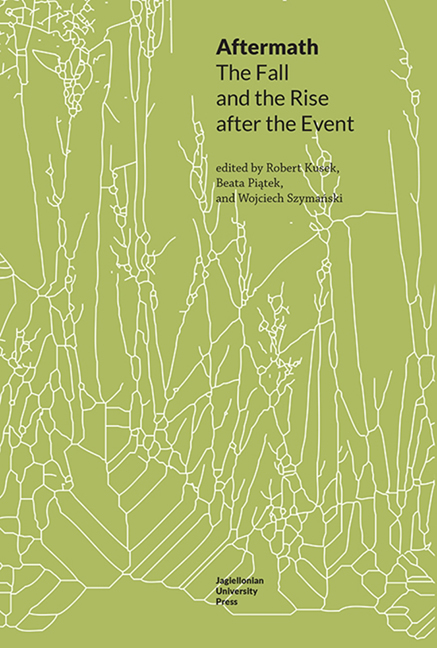The Precursor to Virtual Reality Documents Architectural Hell: A Stereoscopic View of the Crematorium at Dachau
Published online by Cambridge University Press: 06 November 2021
Summary
During the Third Reich, the 19th-century invention of stereoscopic photography was given a new impetus in the form of stereoscopic photo books that contained folding stereoscopes. Published under the aegis of Heinrich Hoffmann, Adolf Hitler's personal photographer, a series of twenty-two volumes was produced, documenting a wide range of subjects: the 1936 Olympics, cities of geopolitical importance, sculpture, models of German industry, and the nation's armed forces at war. After Germany's defeat in World War II, its largest stereoscopic publisher, under new ownership and a new name, photographed the ruins of Germany in 1945–1946.
One image stands apart from the rest because it documents the horrific endpoint of the Holocaust on the soil of its progenitor: the crematorium at Dachau (Fig. 1). It stands apart from flat photos and newsreels of the crematorium because of the photographer's intent: to simulate the experience of being in the room. The raison d’etre of stereoscopic photography, the precursor and basis of virtual reality, was to produce an intense sensation of depth and thereby an immersive visual experience. Vividly three-dimensional when viewed in a stereoscope, there is something obscene and voyeuristic about immersing oneself into this architectural hell, this ultimate damnation of mankind. It raises profound issues about reality, ambiguity, transience, and the medium's place within shifting – and at times dueling – Holocaust cultures.
What is being viewed is not the crematorium when it was operating, when the bodies and those working in the crematorium would have been seen. Instead, all one sees are the ovens and some large wreathes, ostensibly placed there to memorialise those who perished. The scene, therefore, seems unlikely to produce a feeling of horror akin to that experienced when viewing photos of dead or emaciated bodies at Dachau. Everything has been “cleaned up” in the crematorium in this image taken in the immediate aftermath of the war. But has it been? In his authoritative study about Dachau, Harold Marcuse noted that ashes of Dachau's victims remained in the crematorium for years after the war. He writes: “In the summer of 1950 […] the French observer in Bavaria, Captain Bonenfant […] repeatedly sent con men into the crematorium to try to bribe an employee into selling them human ashes” (Marcuse 2001: 181). It therefore is very likely that ashes of human remains were inside the ovens whose interiors are partially visible in the stereoview.
- Type
- Chapter
- Information
- AftermathThe Fall and the Rise after the Event, pp. 147 - 160Publisher: Jagiellonian University PressPrint publication year: 2022



